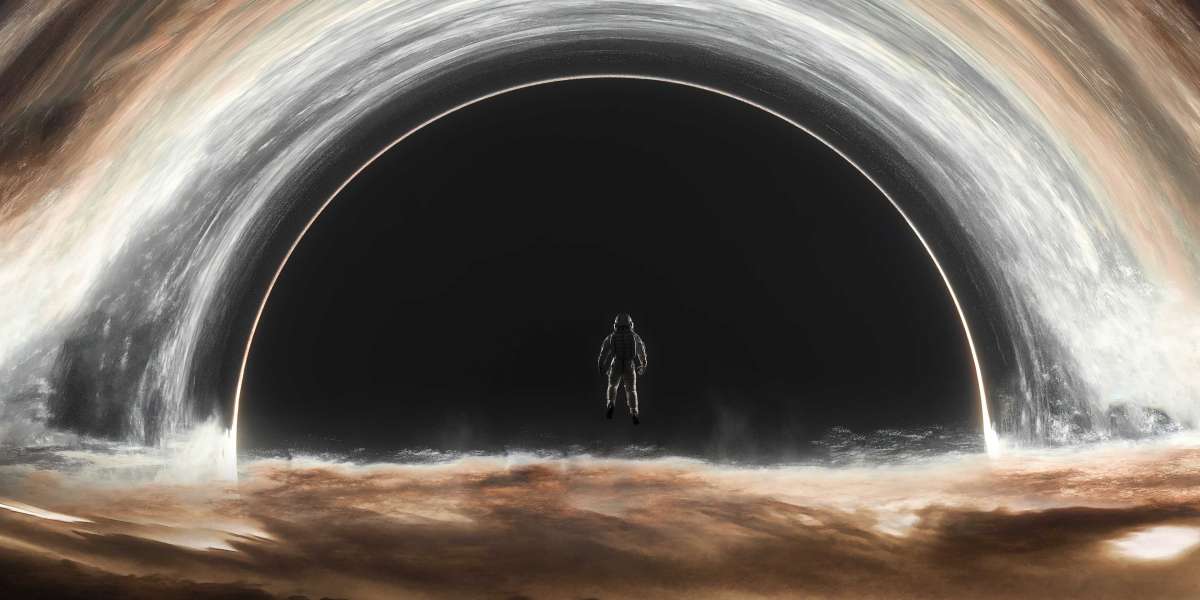Introduction:
The year 1964 marked a significant event in the annals of natural disasters - the Great Alaska Earthquake. On March 27, 1964, the ground beneath Alaska began to tremble, setting off a cataclysmic chain of events that would be etched into history. With a magnitude of 9.2, this earthquake remains one of the most powerful ever recorded, leaving a lasting impact on both the physical and emotional landscape of the region.
Description:
Known as the Good Friday Earthquake, this seismic event unfolded along the southern coast of Alaska, devastating communities and reshaping the land itself. The quake struck at 5:36 pm local time, its epicenter located in the Prince William Sound, just 12 miles north of the bustling town of Valdez. Lasting nearly four and a half minutes, the earth convulsed mercilessly, releasing energy equivalent to approximately 10,000 atomic bombs.
The impact of the earthquake was felt far beyond Alaska's borders. Seismic waves rippled through the Earth's crust, triggering tsunamis that traversed across the Pacific Ocean. These tsunamis reached as far as Hawaii, Japan, and even the coastlines of California and Oregon. The sheer power of the tremors caused significant damage, resulting in widespread destruction and loss.
Within Alaska, the damage was staggering. Entire communities were leveled, and buildings were reduced to rubble. Anchorage, the largest city in the state, bore the brunt of the earthquake. High-rise buildings crumbled, roads buckled, and landslides swallowed entire neighborhoods. The resulting chaos was worsened by multiple aftershocks, hampering rescue efforts and instilling fear in the shaken population.
The aftermath of the Great Alaska Earthquake was marked by a poignant display of community resilience and human solidarity. Local residents, rescue workers, and the military mobilized to aid in search and recovery operations. Emergency shelters were established amidst the ruins to provide much-needed assistance to the displaced and injured. Despite the immense devastation, the courage and camaraderie exhibited by Alaskans in the face of this calamity stood as a testament to the indomitable human spirit.
In addition to the immediate impacts, the Great Alaska Earthquake also led to profound long-term effects. The landmass itself underwent significant changes, with areas rising or sinking by several meters. Whole forests were submerged, as the coastline experienced dramatic alterations. Furthermore, this event proved to be a catalyst for advancements in earthquake monitoring and preparedness, not only in Alaska but worldwide.
In retrospect, the Great Alaska Earthquake of 1964 remains a vivid reminder of the immense power and unpredictability of nature. Its legacy lives on in the hearts of those who experienced its fury and in the valuable lessons learned from this destructive force of nature.







